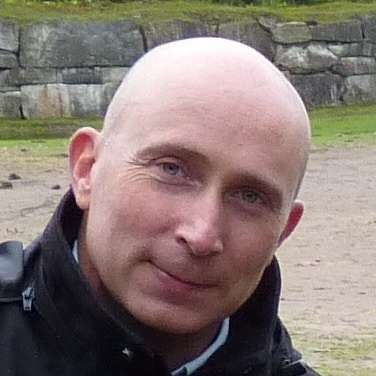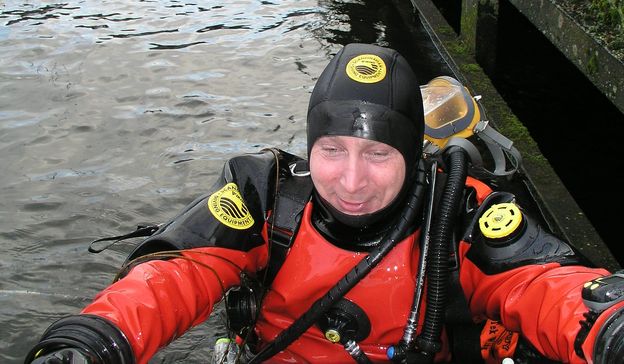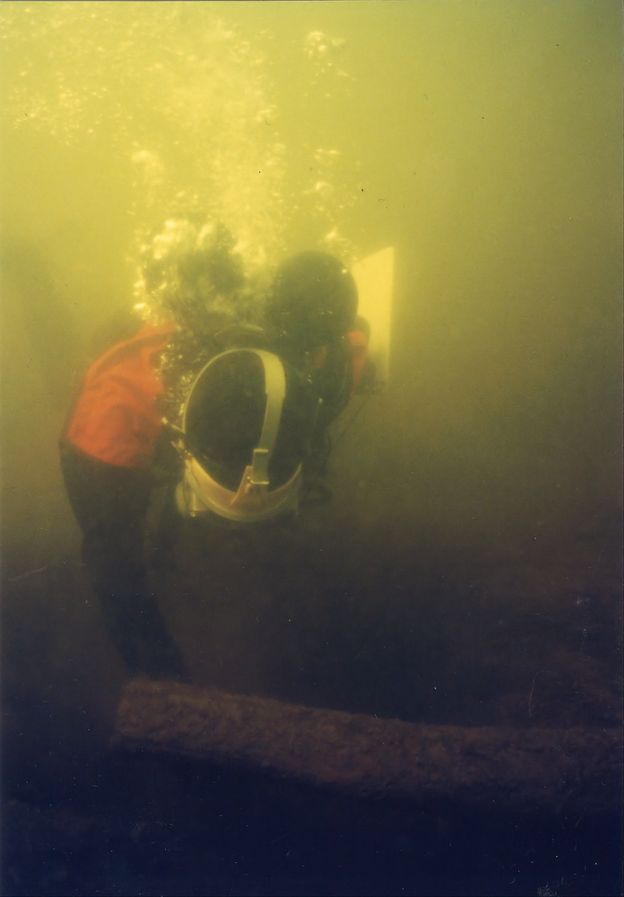Marcus Hjulhammar
Born January 3, 1970, Stockholm
Assistant professor of Baltic Sea marine archaeology 2014–, University of Helsinki
Project director 2005-14, National Maritime Museums, Sweden
Cultural environment department official 2002-05, Västmänland County Administrative Board
Archaeologist 2002, Stockholm County Museum
Antiquarian 1999-2002, Kalmar County Museum
Post graduate 1996-2010, Södertörn University and Stockholm University
Amanuensis 1995, Swedish National Heritage Board
Antiquarian 1994, Stockholm City Museum
Director of field work 1992, Masurian Lake District, Poland
Chairman 2012–, Society of F H af Chapman
Research Themes
Prehistoric areas, society and seafaring, inventions and societal development, maritime conflicts, urbanisation, maritime meeting places and communication
Publications, research projects and other academic activity
Photo: from Marcus Hjulhammar's personal archive
Written by Marcus Hjulhammar (Tomas Sjöblom, ed.)
Translated by Matthew Billington





